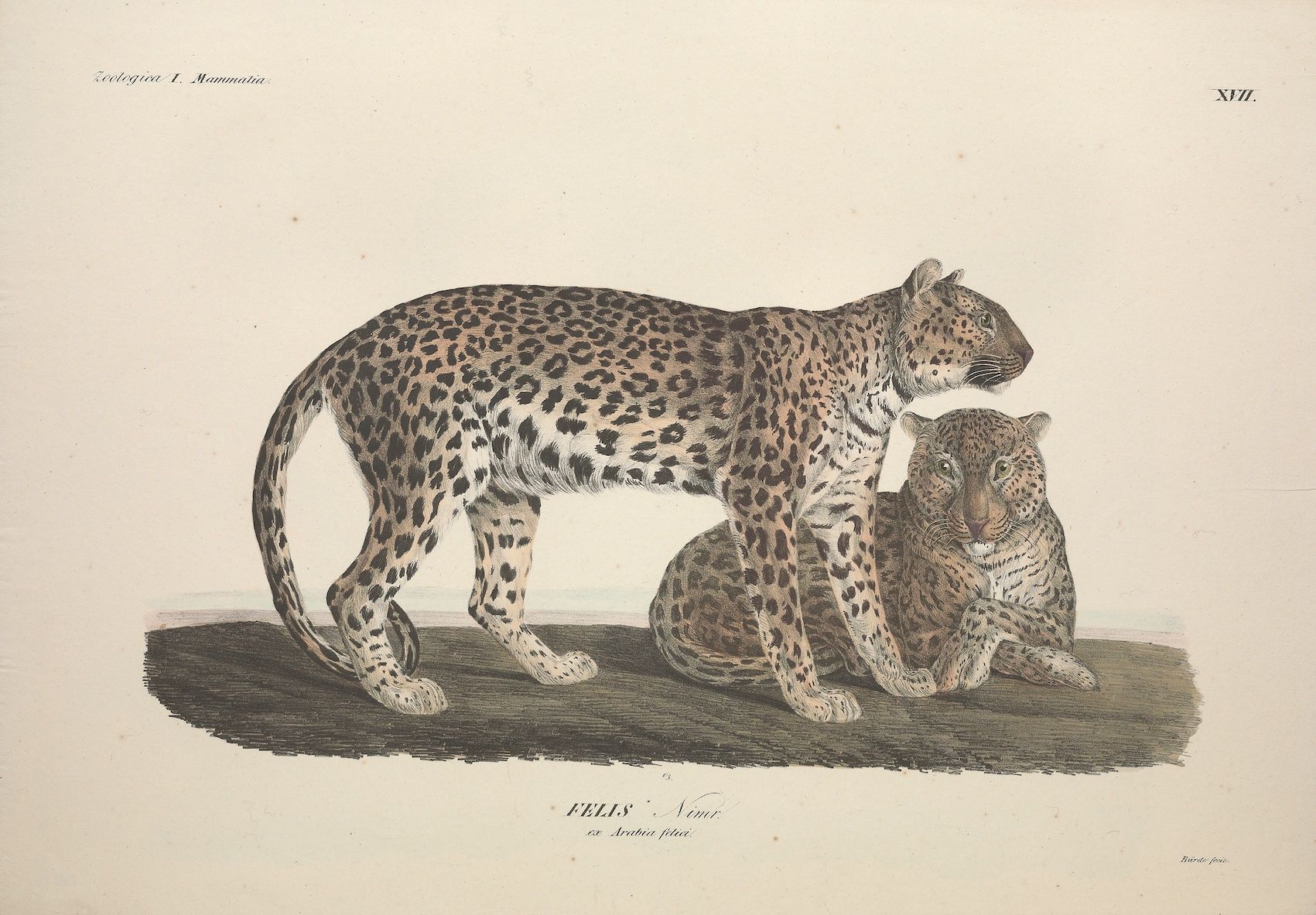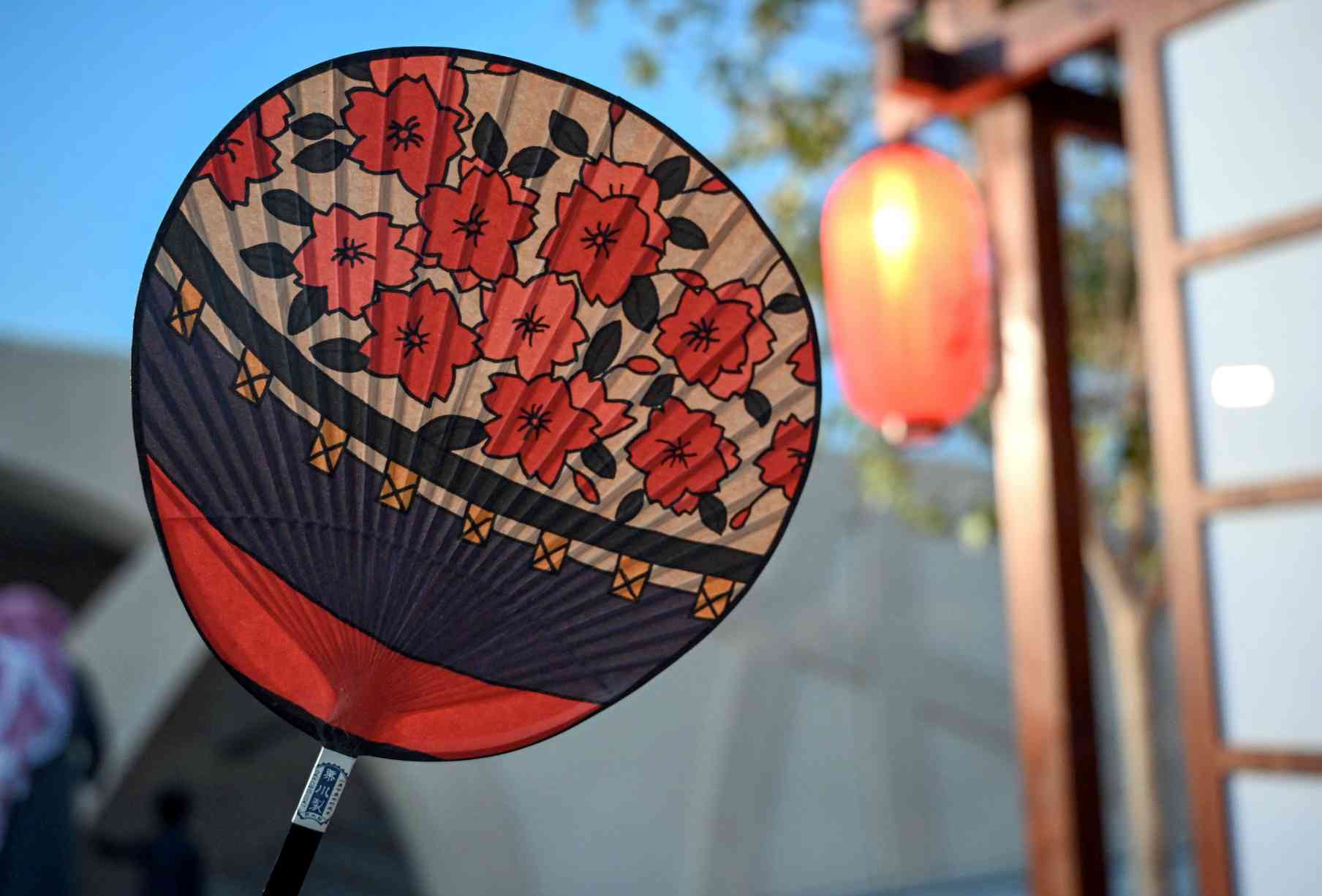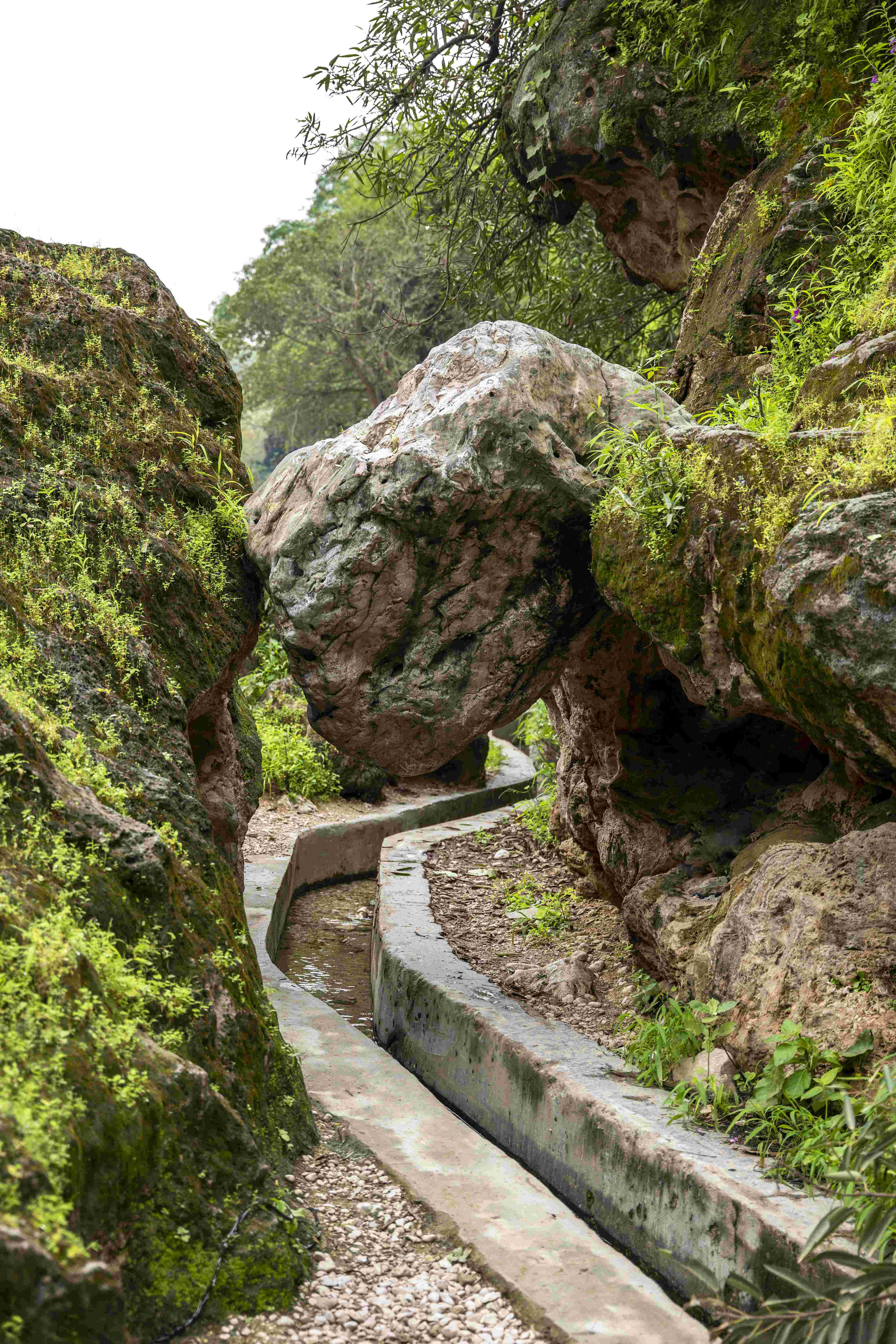World’s Most Popular Work of Art — The Cat
‘Homage to the cat,’ by Saudi artist Tagreed Albagshi who appreciates their presence in our lives and is fascinated by how symbolic they are of our past, present and our future. She dedicated a whole collection to cats.
Art courtesy of the artist who recently opened her own gallery ‘Tagreed Space for Art’ (مساحة تغريد للفنون).
There is no doubt that there is one master of the virtual world and the real one — the enigmatic cat.
Sure, sometimes people get distracted by their canine friend (or foe), the dog, but cats dominate our global culture with art pieces, photos, illustrations, sculptures, film and many other forms of dedication and admiration of the best of all beasts.
“Cats are everywhere, cherished and were sacred in ancient civilizations, and they are near our homes and in the streets, and so they are always in our lives… I have always been fascinated by cats,” said renowned Saudi artist Tagreed Albagshi, who regularly features a cat – or some sort of feline, even a lion – in her art pieces.
“There are so many legends associated with them, and impressions, whereby they mean different things to different people, some people see them as symbols of luck, and others view them as omen’s of bad luck and so featuring them in an art piece may inspire over a 100 interpretations,” she said.
“They have been an important part of many cultures and civilizations, and are immortalized as carvings in caves and even as mummies in ancient Egypt,” she said, adding: “Even today, we are fascinated by them and can’t help but include them in our art and lives.”
Whether in myth, in art or in film, cats have a special charm that continues to mesmerize the public.
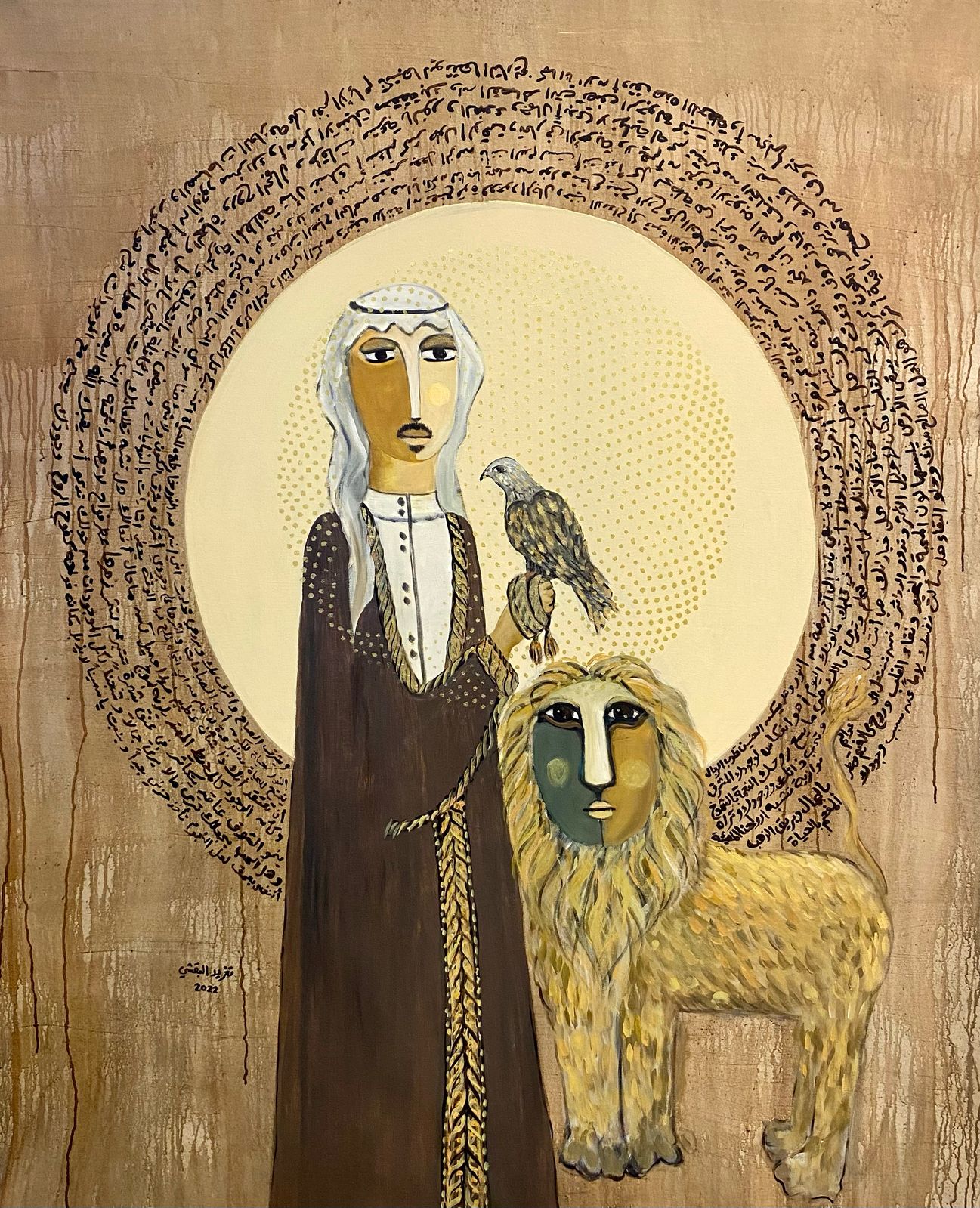
When light, nature and art intersect: Circles of Light collection, by Tagreed Albagshi. Courtesy of the artist.
The independent film “Flow,” directed by Gints Zilbalodis, won the best animated feature film Oscar in 2025, securing the first ever Academy Award for Latvia and making history as the first indie film ever to win in this category.
The animation, an environmental fable, follows a cat who finds refuge on a boat along with other animals, and they bond together after a flood destroys their homes — overcoming fears and misconceptions about each other and the world.
“The cat changes in the story from this independent character to learning how to work together and the dog is on an opposite journey where he starts out being very trustful and always looking for someone to tell him what to do but learns to be more independent,” Zilbalodis told the media.
This animated kitty captured our hearts, as do many cats in films of the past — even if they are on board a spaceship with a vicious alien. Remember Jones the orange cat in 1979’s Alien? Apparently many of the members of the audiences watching it in the cinema were more worried about Jones than about the human crew.
The cat is so popular, it has several national and international days, and various initiatives in its honor around the world.
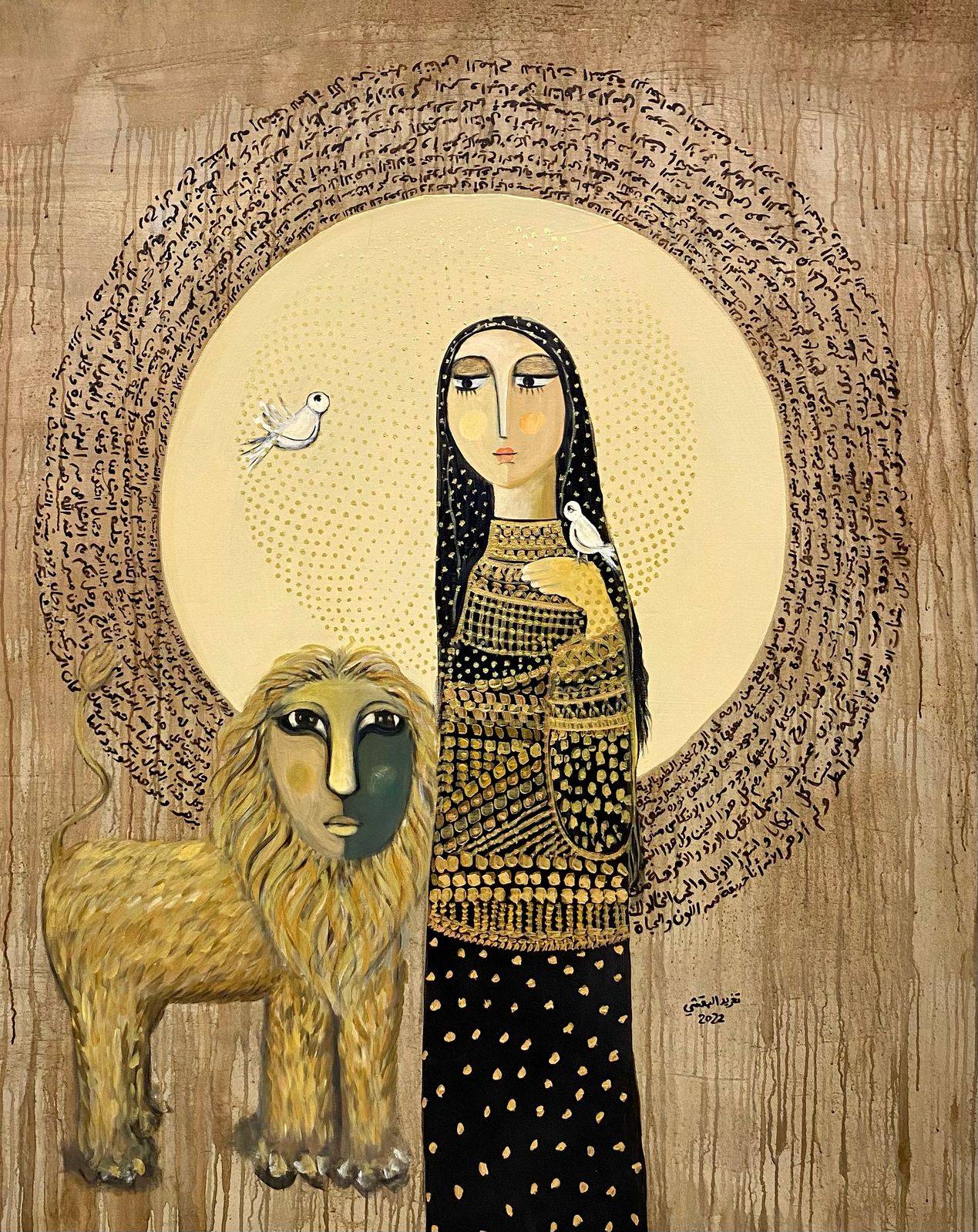
When light, nature and art intersect: Circles of Light collection, by Tagreed Albagshi. Courtesy of the artist.
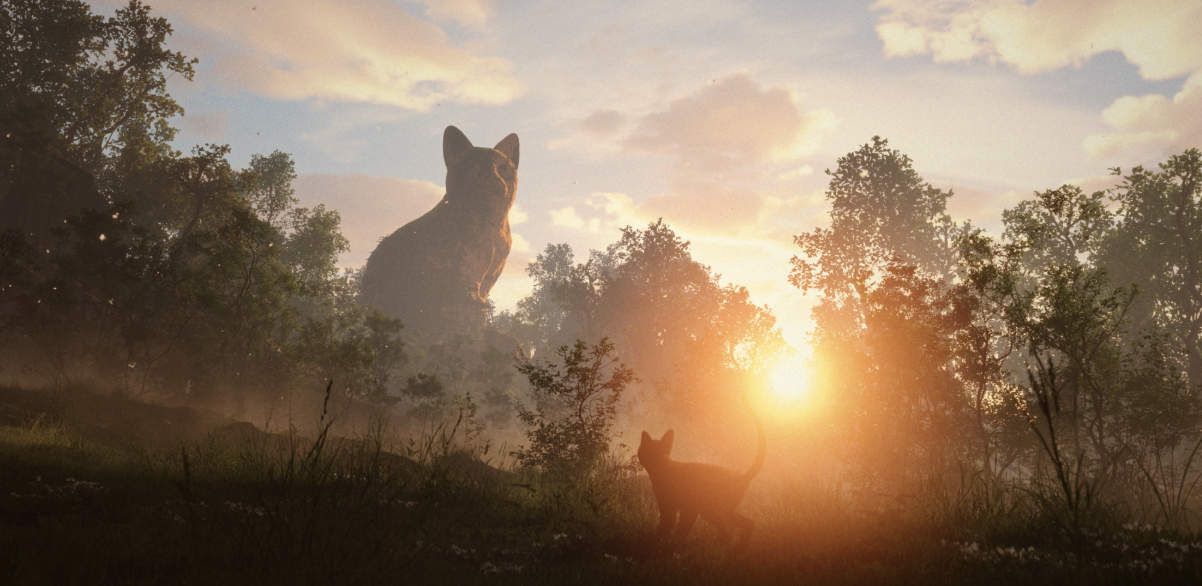
A scene from ‘Flow’ the animated movie. Credit Flow movie.
“In ancient times cats were worshipped as gods; they have not forgotten this,” wrote English fantasy author Terry Pratchett. And while cats have mostly fallen on hard times, where they are often neglected and left to fend for themselves, they were once revered by important religious and historic figures.
Among them is the Prophet Mohammed, who is said to have owned one beloved kitty called Mu’izza (or Muezza). One story goes that once, when Prophet Mohammed wanted to wear a robe to go out to prayers, he found his cat sleeping on one of the sleeves. Not wanting to wake the animal, he cut off the sleeve, leaving his cat to sleep peacefully. Later he sewed it back on.
It is also believed that when the Prophet gave sermons within his household, it was often while holding his cat in his lap.
One of his famous companions was known as Abu Hurairah, which translates as “father of the kitten”, because he carried his pet cat with him and fed the strays around the mosque. It is said that Abu Hurairah’s cat saved Prophet Mohammed from a snake.
Mercy and compassion towards cats, and animals in general, is embodied in an oft-repeated hadith that tells of how a woman went to hell because of a cat “which she neither fed nor let it eat from the vermin of earth”.
Islamic cat-loving rulers include Mamluk Sultan Al-Zahir Baybars (13th century), who created a “cats’ garden”, where the cats of Cairo would find everything they needed and desired.
The 12th century ruler of Syria, Nour Aldeen Zenki, set up an Islamic endowment (waqf) for blind cats and another for “retired” animals. It seems cats have always had a special connection with the people of this region.
They are mentioned in Arabic and Islamic literature, as well as in our mythologies. Examples include a famous six-lined elegy by Baghdad poet Ibn Al‘Allaf (died 319/931) for his cat that was killed by neighbours after it ate one of their pigeons.
Another example is a line from Al-Jahiz's 9th-century work Kitab Al-Hayawan that states: "And the cat profits so much from its resemblance to the king of beasts that one way of dealing with approaching war elephants is to release a number of cats from a bag."
Whether cute, mischievous or warrior-like, cats will continue to dominate our cultural and creative worlds as they fascinate, inspire and amuse us without speaking a single word.
